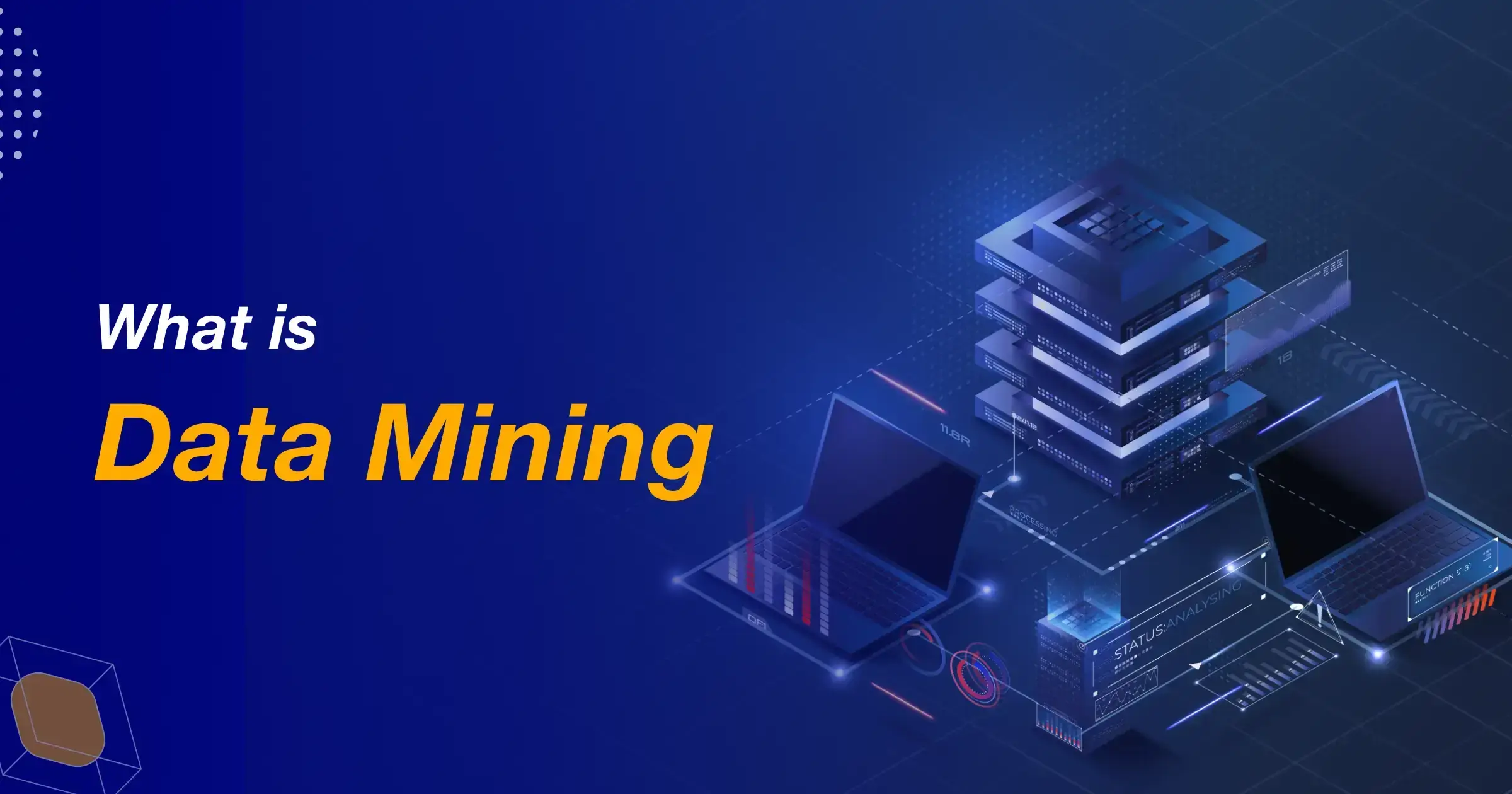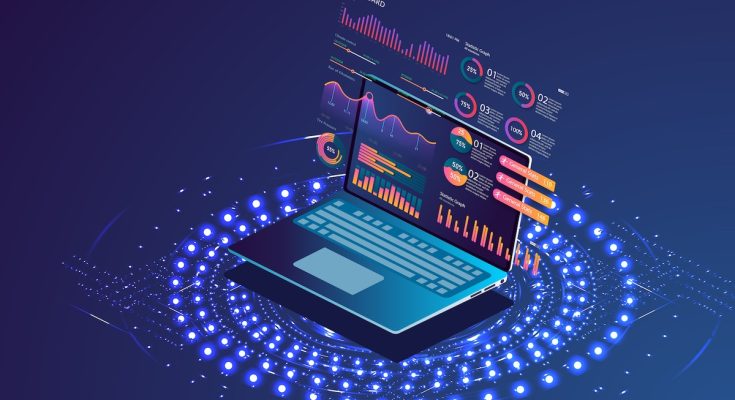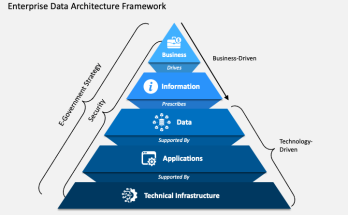JAKARTA, cssmayo.com – In the age of big data, organizations are inundated with vast amounts of information. To navigate this complexity and derive actionable insights, data mining has emerged as a crucial discipline. This article explores the concept of data mining, its techniques, and real-world stories that illustrate its transformative impact across various industries.
Understanding Data Mining

Data mining involves uncovering patterns, correlations, and insights from extensive data sets through the use of statistical and computational methods. It involves the analysis of data from different perspectives and summarizing it into useful information. The primary goal of data mining is to extract valuable insights that can inform decision-making and strategic planning.
Key Techniques in Data Mining
Several techniques are commonly used in data mining, each suited for different types of analysis:
- Classification: This technique involves categorizing data into predefined classes. For example, email filtering systems classify messages as spam or not spam based on their content.
- Clustering: Clustering groups similar data points together without prior labeling. Retailers use clustering to segment customers based on purchasing behavior, allowing for targeted marketing strategies.
- Regression: Regression analysis predicts a continuous outcome based on one or more predictor variables. For instance, real estate companies use regression to estimate property values based on features such as location, size, and amenities.
- Association Rule Learning: This technique identifies relationships between variables in large datasets. A common application is market basket analysis, where retailers analyze purchase patterns to understand which products are frequently bought together.
- Anomaly Detection: Anomaly detection identifies unusual data points that deviate from expected patterns. This technique is often used in fraud detection to flag suspicious transactions.
Real-World Stories of Data Mining
To illustrate the power of data mining, here are some compelling real-world examples across various industries:
1. Healthcare: Predicting Patient Outcomes
In healthcare, data mining techniques are used to analyze patient data and predict outcomes. For instance, a hospital implemented a data mining system that analyzed electronic health records (EHRs) to identify patients at risk of readmission. By applying classification algorithms, the hospital could target high-risk patients with personalized interventions, ultimately reducing readmission rates by 20%.
2. Retail: Enhancing Customer Experience
A major retail chain utilized data mining for customer segmentation and personalized marketing. By analyzing purchase history and customer demographics, the retailer identified distinct customer segments and tailored promotions accordingly. The result was a 15% increase in sales during targeted campaigns, demonstrating how data mining can enhance customer experience and drive revenue.
3. Finance: Fraud Detection
Financial institutions leverage data mining techniques for fraud detection. A leading bank used anomaly detection algorithms to analyze transaction data in real-time. By identifying unusual spending patterns, the bank successfully reduced fraudulent transactions by 30%. This proactive approach not only saved money but also improved customer trust.
4. Telecommunications: Churn Prediction
Telecommunications companies face the challenge of customer churn, where subscribers switch to competitors. A telecom provider employed data mining to analyze customer usage patterns, billing information, and service interactions. By identifying customers at risk of leaving, the company implemented targeted retention strategies, reducing churn rates by 25%.
5. Sports: Performance Analysis
In the sports sector, teams utilize data mining to evaluate player performance and enhance their strategies. A professional basketball team utilized data mining techniques to evaluate player statistics and game footage. By identifying key performance indicators, the team improved its game strategies and player training, leading to a successful season and playoff berth.
The Future of Data Mining
As technology continues to evolve, the future of data mining holds exciting possibilities:
- Artificial Intelligence (AI) and Machine Learning: The integration of AI and machine learning with data mining techniques will enhance predictive analytics, enabling organizations to make even more accurate forecasts and decisions.
- Big Data Technologies: Advances in big data technologies, such as Hadoop and Spark, will facilitate the processing and analysis of vast datasets, making data mining more efficient and accessible.
- Real-Time Analytics: The demand for real-time insights is growing. Future data mining solutions will focus on providing immediate analysis, allowing organizations to respond swiftly to changing conditions.
Conclusion: Harnessing the Power of Data Mining
In an era defined by big data, data mining is essential for organizations seeking to extract meaningful insights and drive informed decision-making. Through various techniques and real-world applications, data mining has proven its value across multiple industries.
As businesses continue to adapt to the complexities of data, embracing data mining will be critical for staying competitive and achieving sustainable growth. By leveraging the power of data mining, organizations can unlock new opportunities, improve operational efficiency, and enhance customer satisfaction.
Elevate Your Competence: Uncover Our Insights on Techno
Read Our Most Recent Article About Digital Nomadism!




